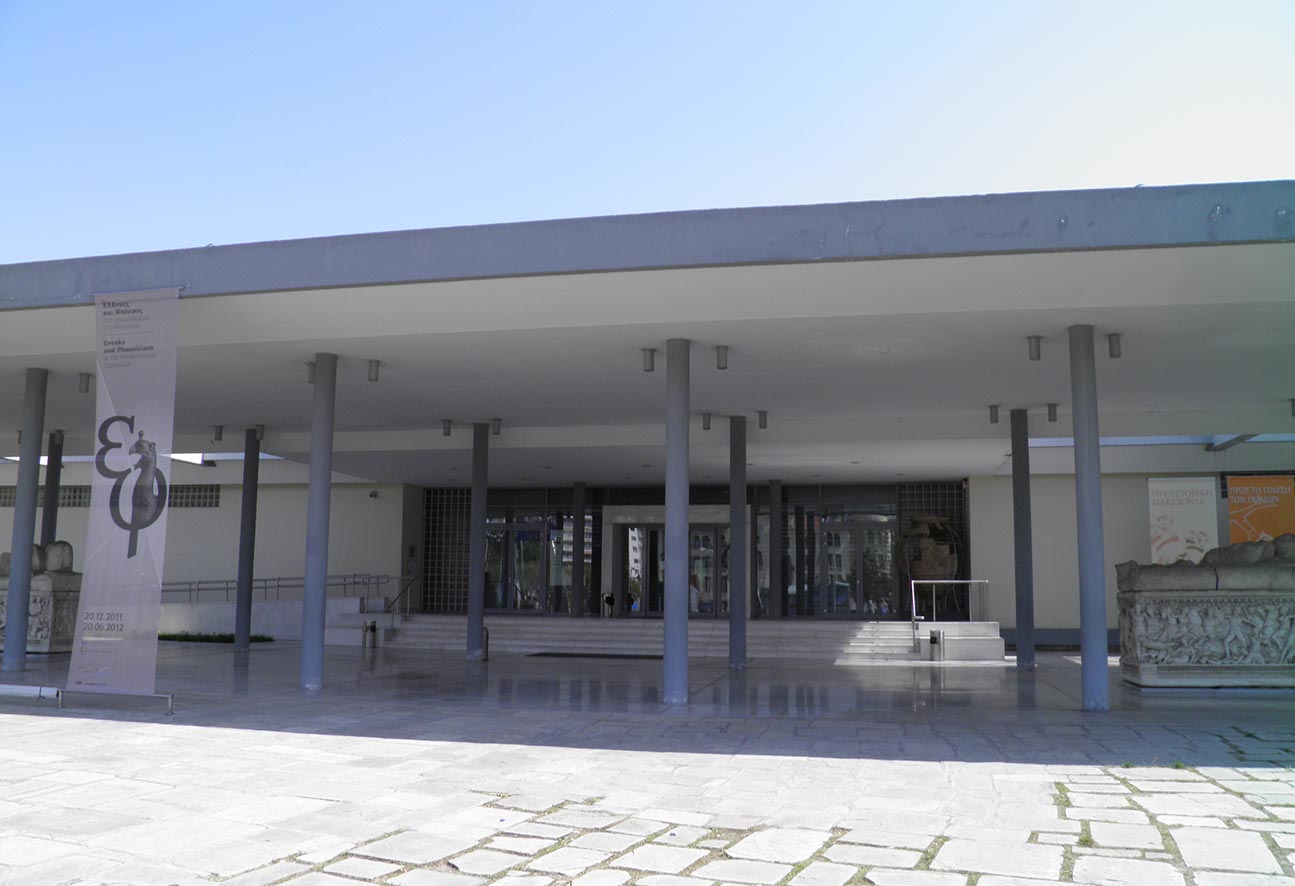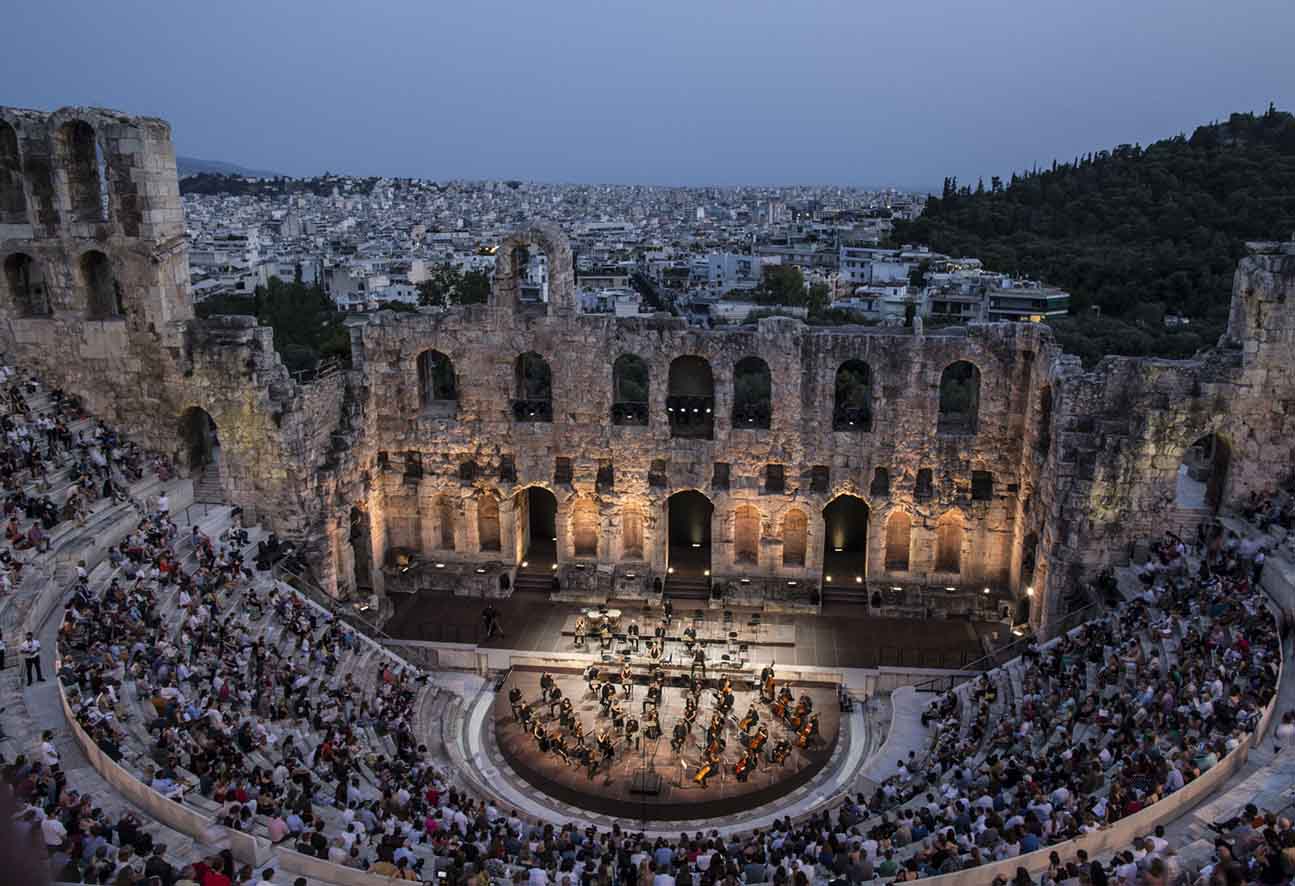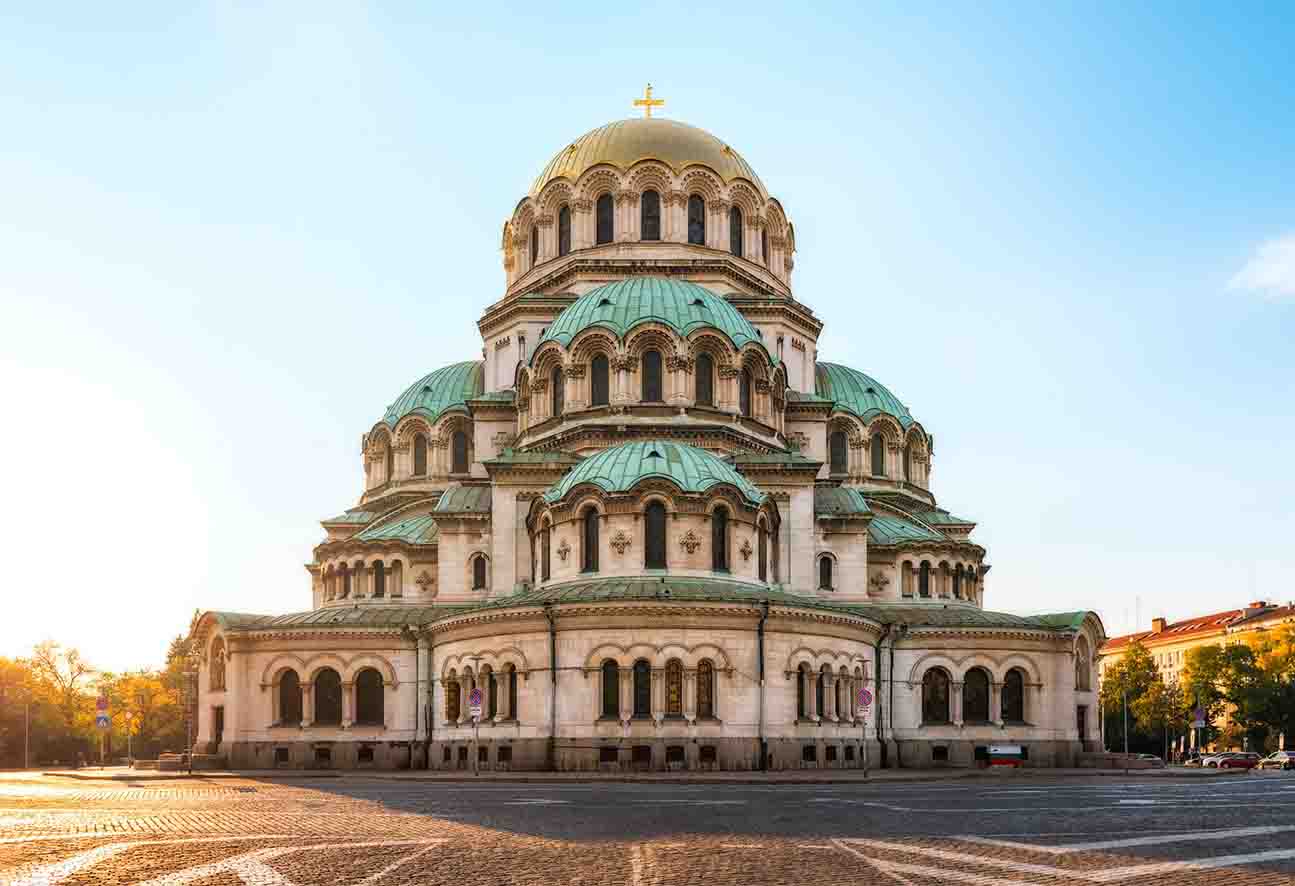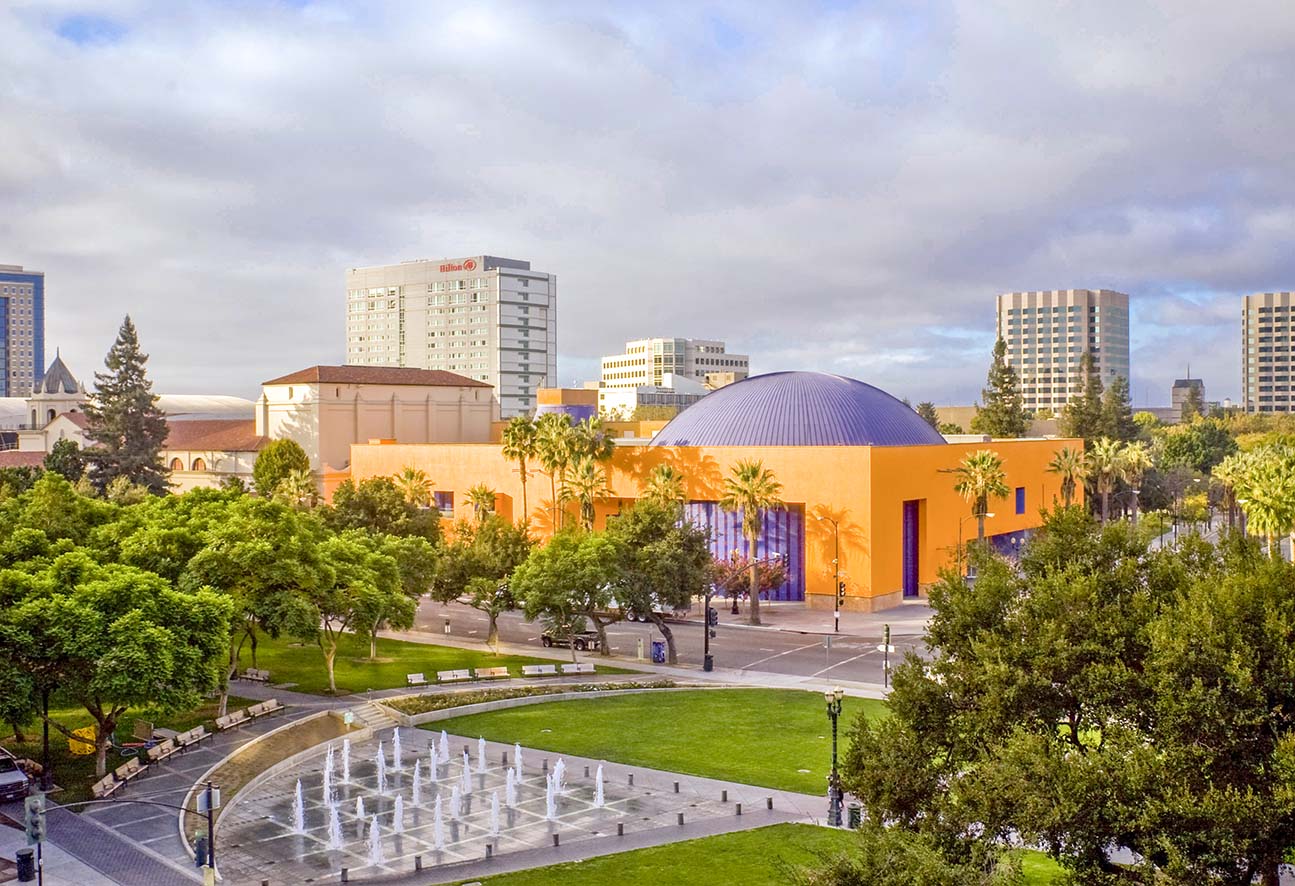When it comes to Greece, most people immediately think of Athens’ Parthenon, the blue-domed churches of Santorini, or the seaside terraces of Mykonos. But if you’re seeking an immersive journey through history and art, Thessaloniki in Northern Greece is an unmissable destination. As the second-largest city in Greece, Thessaloniki boasts a rich Byzantine heritage, blending Ottoman, Roman, and modern European influences. It is, in many ways, a living museum of history.
I will take you into the cultural heart of Thessaloniki, from museums to galleries, from ancient ruins to street murals, and uncover the fascinating cultural charm of this city.
1. A Place Steeped in History: Must-Visit Museums
1.1 Thessaloniki Archaeological Museum
The Thessaloniki Archaeological Museum is the perfect first stop for those keen to explore the city’s ancient history. The museum’s exhibits primarily focus on the Macedonian era, with artifacts spanning from over a thousand years BC to the Roman period, covering both Classical Greece and the Hellenistic era.
Key highlights include gold jewelry, exquisite pottery, inscriptions, and statues from the time of Alexander the Great. The “Golden Macedon” exhibit is particularly striking, showcasing luxurious gold jewelry and burial items found in ancient noble tombs. These artifacts not only highlight the peak of ancient Greek craftsmanship but also offer insights into the social structure and customs of the time.
1.2 Museum of Byzantine Culture
As Thessaloniki was an important city in the Byzantine Empire, the Museum of Byzantine Culture is crucial for understanding the city’s medieval history. Through multimedia and physical exhibits, the museum showcases Byzantine religion, art, and daily life, featuring mosaics, icon paintings, sculptures, and church relics.
The permanent exhibit on “Early Christianity to Late Byzantine Periods” is highly recommended, providing an understanding of how Christianity spread in Greece and how religion deeply influenced architecture and art.
1.3 Jewish Museum of Thessaloniki
What many don’t know is that Thessaloniki was once home to the largest Jewish community in Southeast Europe. The Jewish Museum, housed in a former bank building from the early 20th century, displays items like Ladino-language newspapers, clothing, ceremonial objects, wartime photos, and documentation on the Nazi persecution of the Jewish community.
This museum not only completes a piece of the city’s cultural puzzle but also serves as a testament to diversity and coexistence.
2. Contemporary Art: Thessaloniki’s Gallery Scene
2.1 MOMus Museum of Contemporary Art
MOMus (Metropolitan Organisation of Museums of Visual Arts of Thessaloniki) is the center of contemporary art in the city. It consists of several independent galleries and not only collects works from European avant-garde artists but also promotes the creations of Greek contemporary artists.
The museum features innovative exhibitions, covering installation art, photography, multimedia works, and performance art. It’s a must-visit for those who enjoy exploring the boundaries of modern art.
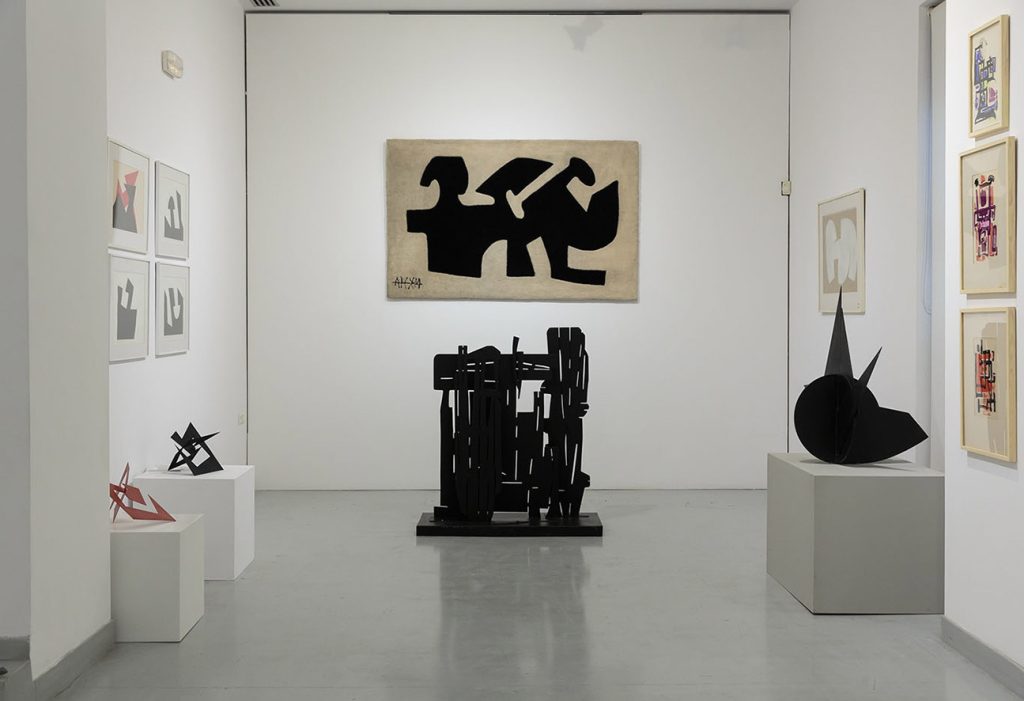
2.2 Zoumboulakis Gallery & Lola Nikolaou Gallery
These two independent galleries offer platforms for local artists and regularly host cross-cultural exhibitions and artistic dialogues, particularly favored by younger artists. You’ll find many works addressing contemporary Greek social issues, such as migration, urban renewal, and identity.
2.3 Street Art: Exploring Thessaloniki’s Urban Murals
Unlike the more formal art found in museums, Thessaloniki’s street art is vibrant and dynamic. In the old industrial areas like Valaoritou and Ladadika, you can discover stunning graffiti pieces. These artworks are sometimes reflections on social phenomena, and other times simply an expression of freedom, adding another layer to the city’s cultural energy.
3. Historical Landmarks: Walking Through Time
3.1 White Tower
The White Tower, one of the most famous symbols of Thessaloniki, offers not just a breathtaking historical experience but also a unique architectural design. Originally constructed by the Ottomans in the 15th century, it has since become a focal point for both locals and tourists alike. Visitors can climb to the top of the tower, where a stunning panoramic view of the entire city and the Thessaloniki port awaits. The tower itself also functions as a museum, where exhibits chronicle the city’s rich history. The displays inside cover several periods, from the ancient Greek era to the Ottoman rule and the formation of modern Greece. The multilingual signage makes it accessible to visitors from around the world, providing a thorough understanding of the city’s cultural evolution.
3.2 Arch and Rotunda of Galerius
The Arch and Rotunda of Galerius are one of the most impressive and historic sites in Thessaloniki. The Arch, built to commemorate the Roman Emperor Galerius’ victories, is adorned with intricate reliefs that illustrate key moments from his military campaigns. The Rotunda, originally constructed as a mausoleum for the emperor, has undergone various transformations throughout history, from being a Christian church to a mosque under Ottoman rule. Today, the Rotunda serves as a versatile cultural venue, often hosting exhibitions and events. The site allows visitors to witness firsthand the complex layers of history, from its Roman origins to its later use in both religious and secular contexts. It is an essential stop for anyone wanting to understand the city’s diverse cultural heritage.
3.3 Ano Poli
Ano Poli, Thessaloniki’s only district that survived the devastating fire of 1917, is a beautiful example of the city’s Ottoman and Byzantine heritage. This charming old neighborhood is filled with cobblestone streets, traditional houses, and ancient churches, offering a glimpse into the city’s past. As you wander through the narrow alleys, you’ll discover the unique architectural style that blends Ottoman and Byzantine influences, with ornate windows and stone buildings that have withstood the test of time. Ano Poli is also famous for its stunning viewpoints, where visitors can capture panoramic vistas of Thessaloniki’s modern cityscape and the sea beyond, making it a tranquil yet historically rich escape from the bustling city center.
4. Cultural Experiences: Festivals, Performances, and Bookshops
4.1 Thessaloniki International Film Festival
Held every November, the Thessaloniki International Film Festival attracts film lovers and filmmakers from across the globe. The screenings take place in a variety of unique venues, including the renovated warehouses along the port and several historic cinemas in the city center such as Olympion and Warehouse 1. The festival showcases a curated selection of Greek and international independent films, with a particular emphasis on emerging voices and experimental cinema. In addition to film screenings, there are Q&A sessions, workshops, and masterclasses with directors and producers, making it a vibrant meeting point for the global film community. The atmosphere during the festival is electric, turning Thessaloniki into a cinematic city for 10 days.
4.2 Theatres and Performing Arts
Thessaloniki boasts a rich theatrical tradition that reflects the country’s deep connection with drama and storytelling. The National Theatre of Northern Greece (NTNG), one of the largest and most respected theater institutions in the Balkans, stages an impressive variety of performances, ranging from ancient Greek tragedies like Antigone and Medea to avant-garde reinterpretations of classic works. The Vafopoulio Cultural Center, meanwhile, offers a more intimate setting for performances, including contemporary dance shows, international collaborations, and multilingual theatrical productions. Many of these performances are accompanied by public talks or educational programs, encouraging audiences to engage with the artistic process. For any culture enthusiast, attending a show is a profound way to experience Greek creativity in action.
4.3 Cultural Cafés and Independent Bookstores
In the vibrant districts of Ladadika and Navarinou, Thessaloniki’s bohemian spirit comes alive in its numerous cultural cafés and indie bookstores. These hybrid spaces serve as both social hubs and creative sanctuaries, where locals gather for poetry readings, art exhibitions, acoustic gigs, or simple quiet afternoons with a good book. Elephant Bookstore stands out not only for its extensive collection of English-language secondhand books and Greek literary gems but also for its cozy, maze-like interior filled with quirky decorations and vintage finds. Many cafés in the area double as galleries showcasing works by local photographers and painters. Whether you’re sipping Greek coffee surrounded by books or chatting with artists over craft beer, this side of the city offers a deeply authentic cultural experience.
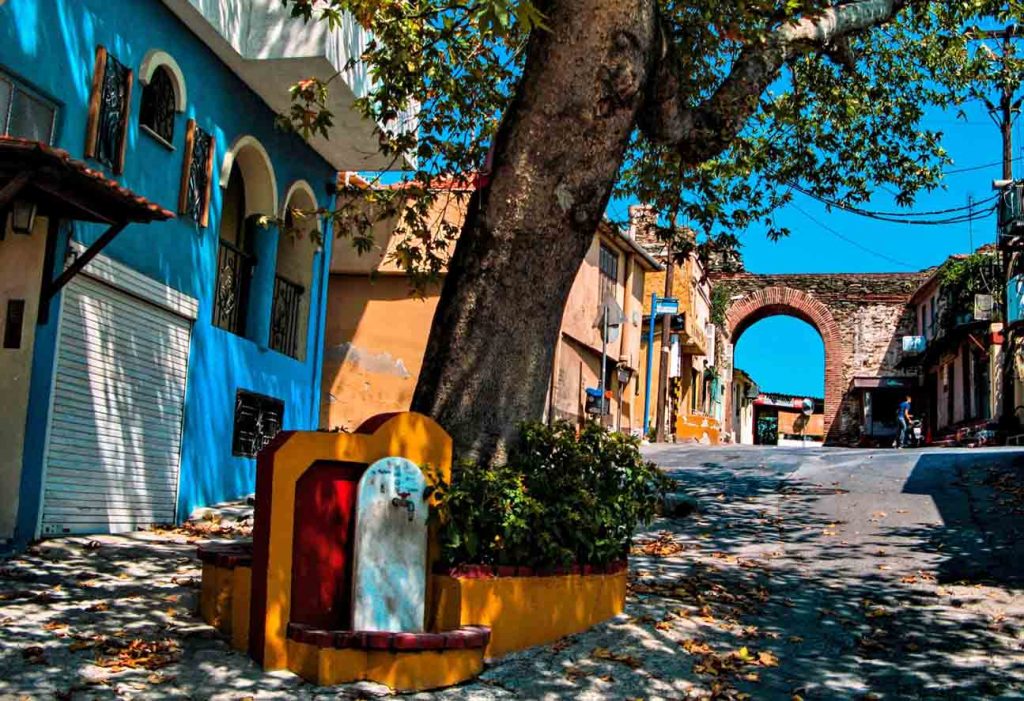
5. Travel Tips: How to Make the Most of Your Cultural Visit to Thessaloniki
- Recommended Itinerary: A stay of 3-5 days is ideal. Allocate one day for museums, another for exploring galleries and street art, and reserve time to leisurely visit the ancient landmarks and old town.
- What to Buy: The Thessaloniki Museum Card offers discounts for multi-museum entry.
- Getting Around: Most cultural sites are within walking distance, or you can take the bus or a taxi.
- Language and Tours: Most museums offer English explanations or audio guides, and local guides can be booked for a more in-depth experience.
A City Where Time Intersects with Culture
Thessaloniki is not just a city with a rich past but a living cultural laboratory. Its history and modernity intertwine, blending classical and contemporary elements. Here, you can find the solemnity of Byzantine religion, the resilience of Jewish culture, the fading echoes of Ottoman charm, and the bold dreams of young artists for the future.
Rather than seeing this as just a city, one might say it is a book that you can never fully finish reading. When you walk through the streets of Thessaloniki, every corner may hide a thousand-year-old story waiting to be uncovered.
